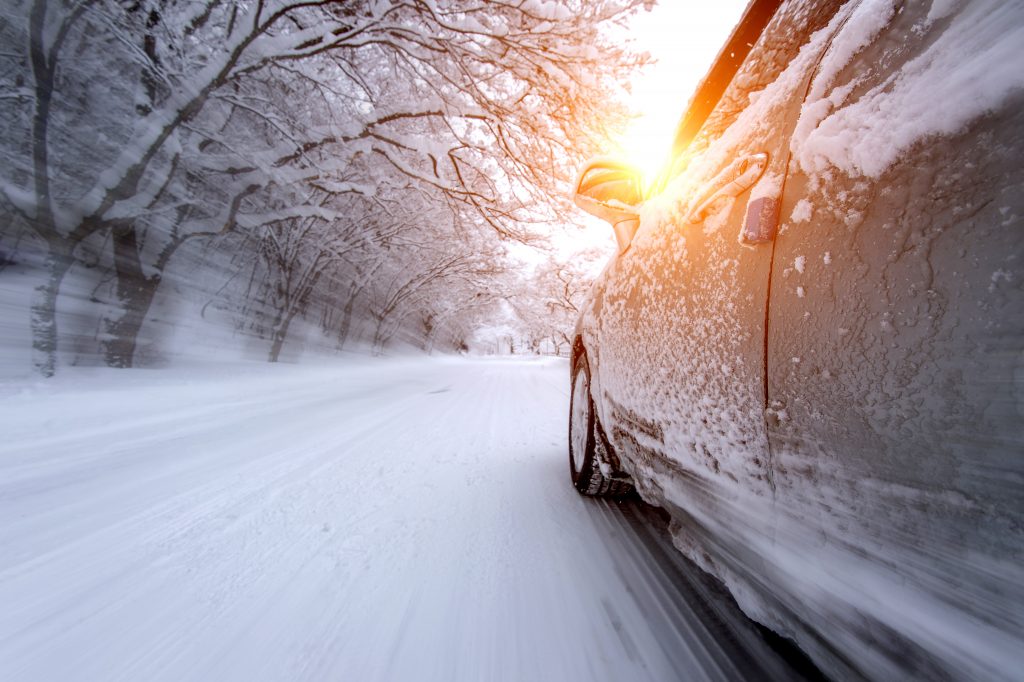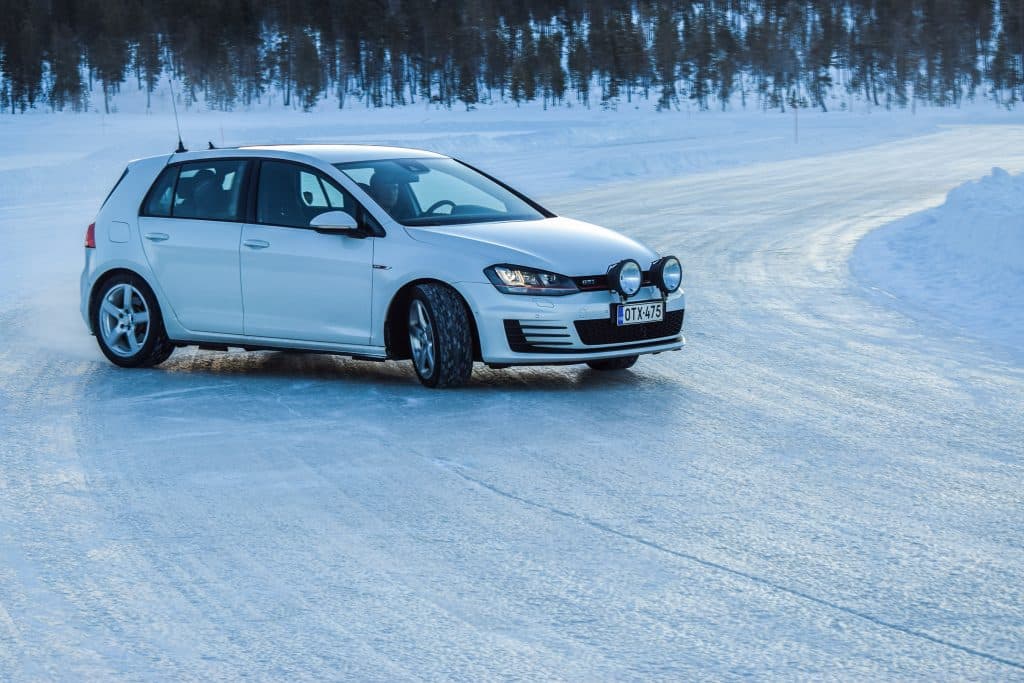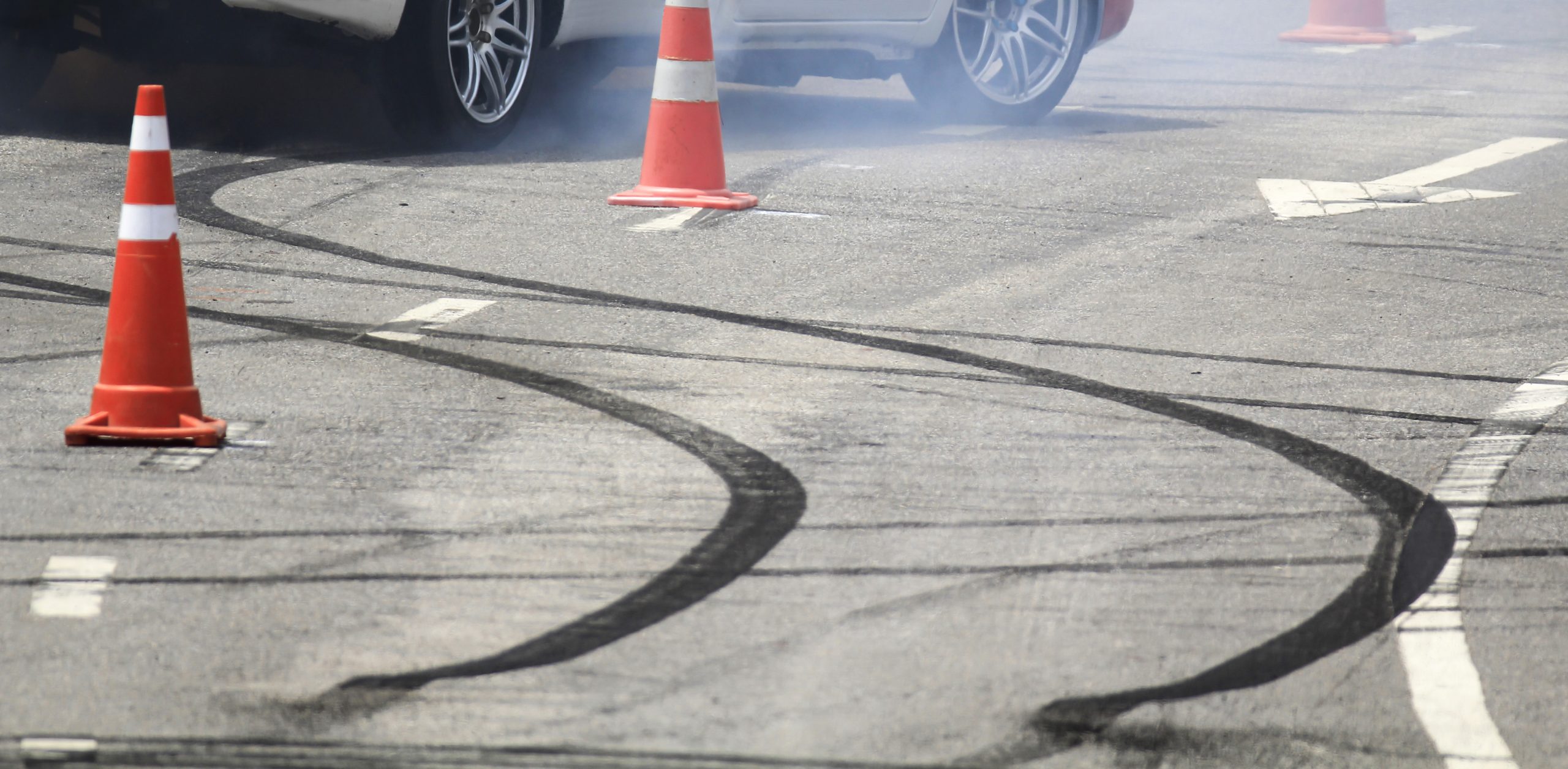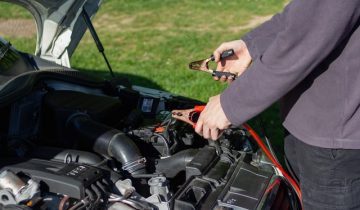As a driver, many different types of hazards can happen while you’re on the road, no matter how experienced you are. One of the most dangerous hazards is skidding, which occurs when your tires lose their grip on the road. Unfortunately, if you cannot regain control of your car when it skids, you can quickly get into a car accident.
Since skidding is a common and dangerous hazard, it is crucial to know how to address it before it happens. This article will examine why cars skid and what you can do when your car’s front or back wheels skid. We’ll also provide the best safety tips on preventing your vehicle from skidding. Let’s get started!
Why Do Cars Skid?
There are a few reasons cars skid, but it always happens because your car’s tires lose their grip on the road. Here are the most common reasons why your vehicle might skid.
Your Car Turned Too Sharply
One of the most well-known causes of skidding is sharp turns. While your car is built to keep its traction on the road with most turns, turning too harshly and quickly may cause the wheels to lose grip. Unfortunately, this is one of the most dangerous skids you can experience since it leaves your car sliding in an uncontrollable turn. You should always slow down before making turns and avoid attempting turns with a harsh arc.
Your Car Accelerated Too Quickly
Generally, the best way to accelerate your car is to increase your car’s speed at a consistent rate gradually. If you suddenly slam on the accelerator, you risk losing too much power to your wheels and losing traction. To prevent your car from skidding, you should always accelerate gradually rather than suddenly.
Your Car Braked Too Hard
Cars rely on going at a reasonably consistent momentum to maintain proper traction on the road. If you brake your vehicle too suddenly, you can completely break your traction with the road and cause your wheels to lock up. This can quickly result in fishtailing, where your back wheels begin to drift to the side. You should maintain a safe following distance from other cars and ensure you’re always able to brake at a reasonable speed when driving.
Your Car Lost Traction Due to Unsafe Road Conditions
The most common reason cars skid is that they lose traction on unsafe roads. Unfortunately, it’s not hard for your car to lose traction when driving in unsafe conditions like fresh rain or over black ice. If you’re planning on driving in unsafe conditions, you should remain vigilant to react appropriately to any skids or loss of control.
Your Tire Blew Out
Lastly, your car can lose traction on the road and skid if one of your tires blows out. When the blown tire deflates, it completely loses its ability to grip the road. Unfortunately, this can put your car out of balance and cause it to drift to one side, depending on which tire blew out. Avoid potentially hazardous roadways with piercing objects to prevent your tire from blowing out, and never drive on an overinflated tire. If your tire blows out, you should pull to the side as soon as it is safe before calling for assistance.
What Should You Do When Your Car Skids?
If your car starts to skid, acting immediately to stop the skid is the most important thing you can do to prevent a crash. Here are the best steps for responding to front-wheel skids and rear-wheel skids.
How to Stop a Front Wheel Skid
- Gently ease off of your car’s accelerator or brake. Steer your vehicle in the direction you want to go and see if you can regain traction.
- If you can’t stop the skid within several seconds, you’ll need to use your anti lock brakes system to regain control.
- If your car has ABS, press on the brake to activate the anti-lock braking system. If your vehicle doesn’t have ABS, gently pump the brakes.
How to Stop a Rear Wheel Skid
- If you’re accelerating the vehicle, immediately ease off of the accelerator. If you’re braking the car, slowly and steadily ease off of the brake.
- Start steering the vehicle. If the back of your car is veering to the right, you should turn the car right. If the back of your car is veering to the left, you should turn the car left. Your goal is to align your front wheels with your back wheels so they can begin rolling on the road instead of skidding.
- As your car slows down and you regain control of your steering wheel, pay attention to see whether or not it has started gripping the road again. Once your vehicle has regained traction, resume your journey and drive safely.
How Can You Prevent Your Car From Skidding?
To prevent a skid, the best thing you can do is drive carefully. Here are some tips you can use to prevent your car from skidding.
- Avoid driving in dangerous conditions. If you drive over black ice or go on the roads within 15 minutes after it just started raining, you’re at high risk of skidding.
- Make sure your tires are in good condition. You should never overinflate your tires.
- If you notice road hazards that look like they could potentially puncture your tires, you should avoid them.
- Avoid braking or accelerating suddenly. You should drive gently. You should always keep a weather-appropriate safe following distance from other vehicles to ensure you have time to brake.
- Don’t turn too sharply and quickly. It’s better to do a two-point turn or take a turn slowly than to lose control of your vehicle during a turn.
Do You Know How to Handle Your Car Skidding?
While skidding is scary, as long as you can use the proper techniques to regain control of your vehicle, it’s often possible to regain control unscathed. We hope our best tips on steering your car after it starts skidding can help you stay safer on the road.


